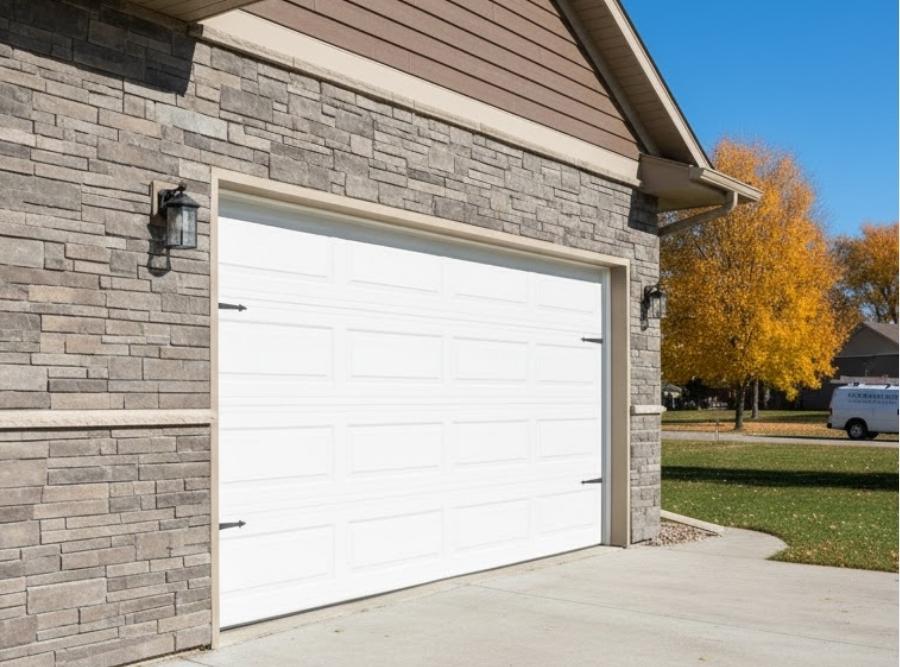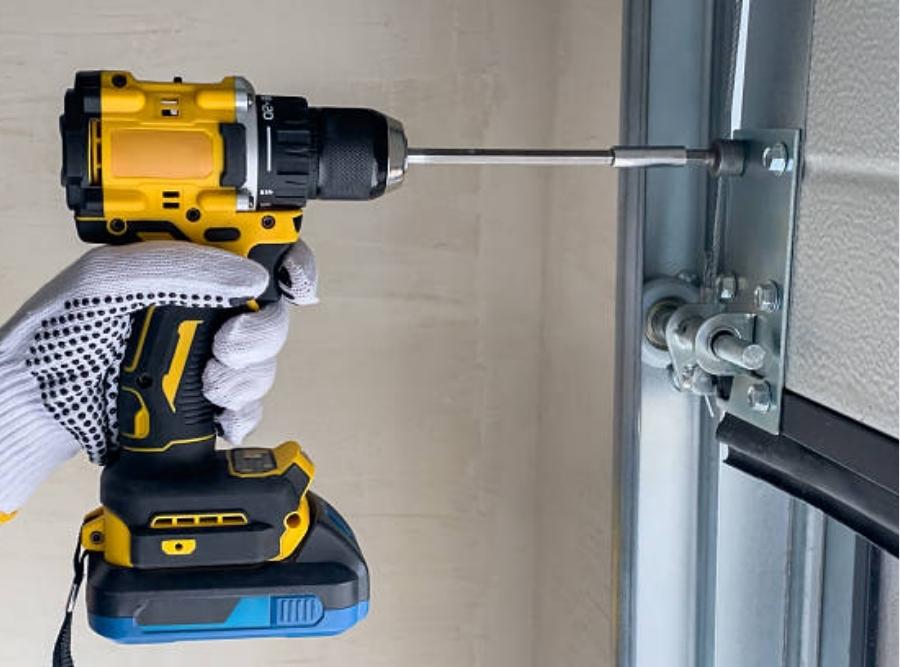Contractor Garage Door Installation Mistakes: What We See Most in St. Cloud, MN
When your installation crew arrives on-site in St. Cloud or anywhere across Central Minnesota, you’re doing far more than connecting panels, hardware, and an opener. You’re building a system that must function safely and reliably through heavy usage, subzero temperatures, snow buildup, and the freeze–thaw cycles that define this region. Small mistakes made during installation can turn into callbacks, warranty headaches, and frustrated customers later. These are the most common errors our technicians at After Hours Garage Doors encounter—and how to avoid them.
Mistake #1: Skipping or Rushing Proper Measurements
Accurate measurements of headroom, side room, the rough opening, and back-room clearance are essential. When these numbers are off, the door may not fit correctly, the tracks may interfere with framing or lighting, or the door may bind during operation. Even if a technician is familiar with the home or business layout, double-checking measurements prevents misalignment and onsite delays. Accurate measurements are essential, and following guidelines similar to the dimensional recommendations published by DASMA helps ensure consistency from job to job.
Mistake #2: Poor Track or Roller Alignment
Track alignment is one of the most common—and most costly—install mistakes. If the vertical or horizontal tracks aren’t level and parallel, the rollers will bind, the opener will strain, and the door may go off-track. Ensuring every track is plumb, square, and anchored into solid structural material guarantees long-term reliability and reduces callbacks.
Mistake #3: Incorrect Spring Tension and Balance
Spring tension determines how safely and smoothly the door operates. Under-tensioned springs make the door heavy and strain the opener, while over-tensioned springs can cause the door to fly upward or fail to close properly. After installation, the door should hold steady when lifted halfway—if it doesn’t, the springs need correction. Our team is often called out to correct improper spring adjustments, which can be avoided through careful balancing.
Mistake #4: Ignoring the Door Opener & Hardware Setup
The opener is only as good as the hardware supporting it. If the opener is underpowered for the door weight, mounted incorrectly, or paired with misaligned safety sensors, the door may stall, reverse, or stop mid-travel. Limit settings, wiring, and force adjustments all influence safety and performance. Many of the issues we troubleshoot through garage door opener repair stem from rushed or incomplete setup during initial installation.
Mistake #5: Using Inappropriate Materials for the Region
St. Cloud’s climate makes material selection more than an aesthetic choice. Weather seals must remain flexible in freezing weather, door panels must resist rust and moisture, and hardware must tolerate temperature swings. Using components not rated for Minnesota conditions may look fine on day one, but as soon as winter hits, weaknesses become obvious. Quality insulation, seals, and hardware pay for themselves quickly in this region.
Mistake #6: Neglecting Clearances, Safety, and Local Code Requirements
Compliance should never be an afterthought. Installers must verify proper safety sensor placement, emergency release access, bottom seal integrity, and egress clearances. Local code requirements, including those outlined by the Minnesota Department of Labor and Industry, help ensure proper installation and occupant safety. Neglecting these standards exposes both the installer and the customer to unnecessary risk.
Mistake #7: Not Testing and Documenting After Installation
A garage door installation isn’t complete until the system is tested thoroughly. That means running manual balance tests, verifying opener limits, checking reversal sensitivity, inspecting cable routing, and confirming smooth travel. Many installers stop once the door “works,” but skipping a detailed quality check frequently leads to emergency repair calls. At After Hours Garage Doors, we always leave clients with a documented performance summary so they know the system has been validated.
Best Practice Wrap-Up for Stronger Installations
- Measure every opening and confirm clearance conditions
- Ensure tracks are level, plumb, parallel, and anchored securely
- Correct spring tension to achieve proper balance
- Match the opener and hardware to the door’s weight and expected usage
- Choose materials rated for cold-weather performance
- Follow Minnesota code requirements and install safety features correctly
- Conduct thorough testing and provide documentation to the customer
Precision Today, Reliability Tomorrow: Install With Confidence

In a climate as unforgiving as Minnesota, precision workmanship isn’t optional—it’s the difference between a reliable door system and repeated service issues. By staying focused on measurements, alignment, hardware quality, safety compliance, and cold-weather durability, installers can provide clients with long-lasting, trouble-free performance.
If you’d like to review your installation process, need help troubleshooting tricky setups, or want a second set of eyes on a complex job in the St. Cloud area, the team at After Hours Garage Doors is here to help. Our technicians have seen every type of installation challenge, and we’re ready to support contractors with expert guidance.

